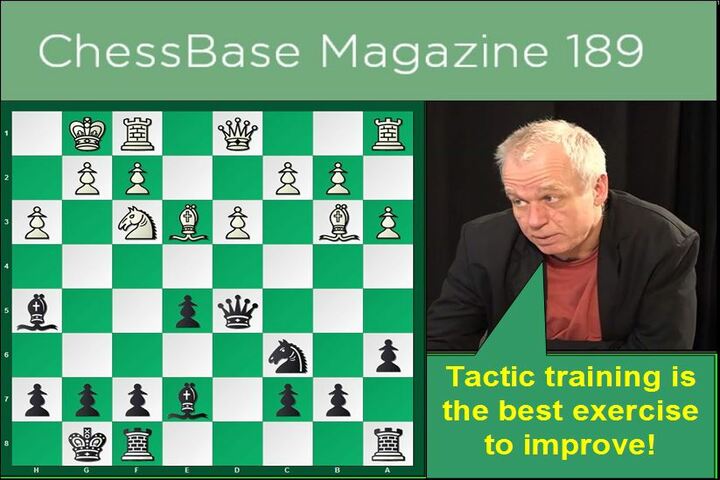Chessbase Magazine 189: A review
Few weeks ago, while training with a sparring partner, we were discussing how openings were important at weekend open tournaments. Often, one gets three (out of five) games with Black, and there is a need to win at every cost. Especially if the opposition with White has a lower rating. But how to achieve a win with Black? My friend suggested the Najdorf, because it creates unbalanced positions, full of tactical possibilities, which are particularly suited for the reasoning above mentioned. I began to study the Najdorf, but I found out it was more than I could chew as and adult player. Yet I didn't give up. Then, when this new issue of Chessbase Magazine was released, the first thing that hit my eye was the Video Specials section.

I discovered Yannick Pellettier created a Chessbase DVD with a Najdorf repertoire, and within the magazine he created three videos analysing recent games in the Najdorf, connecting them to the repertoire he gave in his DVD.
Pellettier's videos are quite instructive — they helped me find more role models to learn the Najdorf and to cover all possible moves played by White. For example, in the first video, the line analysed is: 1.e4 c5 2.♘f3 d6 3.d4 cxd4 4.♘xd4 ♞f6 5.♘c3 a6 6.♗d3
 In 60 minutes you will get a crash course how to play such a complicated opening like the Sicilian Najdorf by the hands of GM van Wely who knows by experience how the dangers look like! The contents:
In 60 minutes you will get a crash course how to play such a complicated opening like the Sicilian Najdorf by the hands of GM van Wely who knows by experience how the dangers look like! The contents:
• Video 1, 2, 3: how to survive versus whites most aggressive approach: 6. Bc4, 6. Be3 and 6 Bg5
• Video 4: how to deal with the latest fashion in the Najdorf 6. h3 and last but not least
• Video 5: how to play vs the more classical set ups 6. Be2 and 6. g3
To improve as players we mainly have two ideas: 1) we need to be active learners and 2) we need to watch games to grasp the main ideas in the middlegame or see possible recurrent tactical themes. The game commented by Pellettier was between Indian GM Kharthikeyan Murali and one of the top players in the world, Hikaru Nakamura.
As an active learner, I posed myself some questions. For example, Pellettier mentioned 6.♗d3 as a second-rate line, not something which is used often against the Najdorf. In fact, GM Kharthikeyan used 6.♗d3 only one other time. This is the game I found:
The question for me was to discover what GM Kharthikeyan used most, and what could be the reason behind playing 6.♗d3. I discovered that the line he used most was 6.h3 — the results weren't particularly positive, but they were definitely exciting, adding evidence to my conversation regarding the Najdorf as a good weapon for open weekenders I had with my sparring partner. Here is a sample of Kharthikeyan's games with 6.h3:
From these games we can understand the Najdorf is definitely not the opening for the faint of heart. It looks like a last-man-standing race, where activity seems more important than material. Then, of course, there are endless interpretations on how to answer 6.h3...which was quite head spinning!
Returning to 6.♗d3, we might think Kharthikeyan used it to surprise Nakamura, who most likely had prepared against Kharthikeyan's 6.h3. However, and here I'm just making an example to show how deep we can investigate, Nakamura did use 6.♗d3 in a top-level game, and he was able to win in 33 moves. Megabase can be quite helpful in our research.
After watching the three videos, I began to search in the games given in this issue of CBM, in which the Najdorf Sicilian was played. Chessbase Magazine, with over 2900 games, is a good training tool, which allows a serious player to keep their opening repertoire updated, or learn more.
However, the Chessbase Magazine, with over 2,900 games (on the latest issue of Chessbase Magazine Extra, there were 35,000!), can also be used to have fun. For example, one useful technique is to understand how a difference of four-hundred rating points between players can teach us what are the main shortcomings in the weaker's player style, and how the stronger player takes advantage of it. Here is the mask which shows how to make the search:
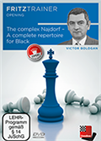 When choosing an opening repertoire, there are days when you want to play for a win with Black, when you want to bear down on your opponent’s position with a potentially crushing attack. The Najdorf is perfect for just such occasions. Strategy, combinations, attack and defence, sacrifices and marvellous manoeuvres — exciting chess is all about the Najdorf!
When choosing an opening repertoire, there are days when you want to play for a win with Black, when you want to bear down on your opponent’s position with a potentially crushing attack. The Najdorf is perfect for just such occasions. Strategy, combinations, attack and defence, sacrifices and marvellous manoeuvres — exciting chess is all about the Najdorf!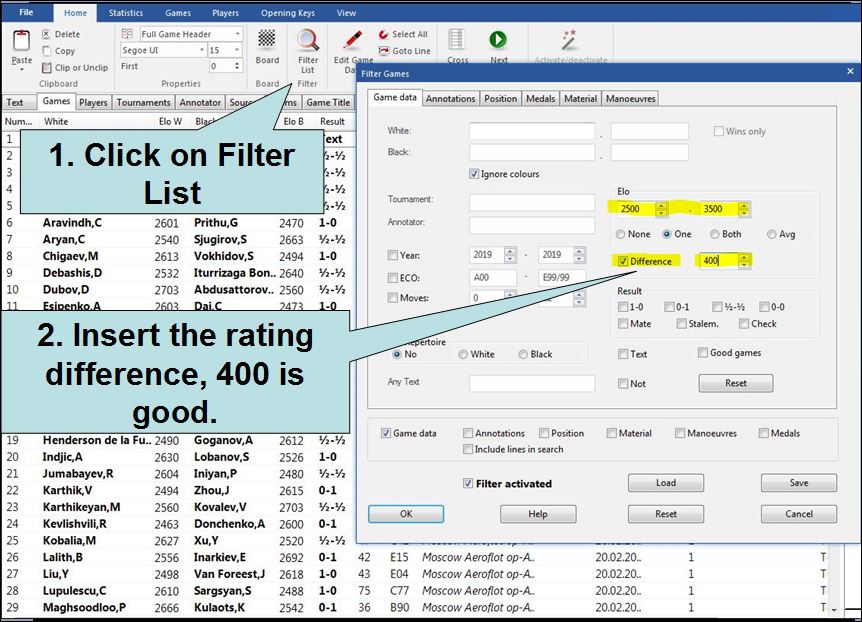
I found thirteen games with the features I was looking for. Here is a sample that shows typical weaknesses of the lower.rated players. The same typical weaknesses can be found in our own games:
Of course, there are other entertaining ways to parse through the games with Chessbase 14 or 15. Now let's return to see what this great issue of Chessbase Magazine can gift us in terms of chess wisdom!
Marin analyses a recent game by Artemiev, showing how, in his opinion, when thinking of modern opening theory we shouldn't think of long variations to memorize but of new interpretations of the same opening. In this case, the opening under scrutiny is the Gruenfeld.
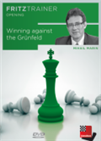 The Grünfeld is a highly dynamic opening in which Black's position often seems to hang together by a single thread; and yet, this apparently precarious equilibrium appears to be enough to make it entirely viable — up to the highest level.
The Grünfeld is a highly dynamic opening in which Black's position often seems to hang together by a single thread; and yet, this apparently precarious equilibrium appears to be enough to make it entirely viable — up to the highest level.
Another interesting video was made by IM Ris, explaining the game Harikrishna vs Caruana, 2019 in depth
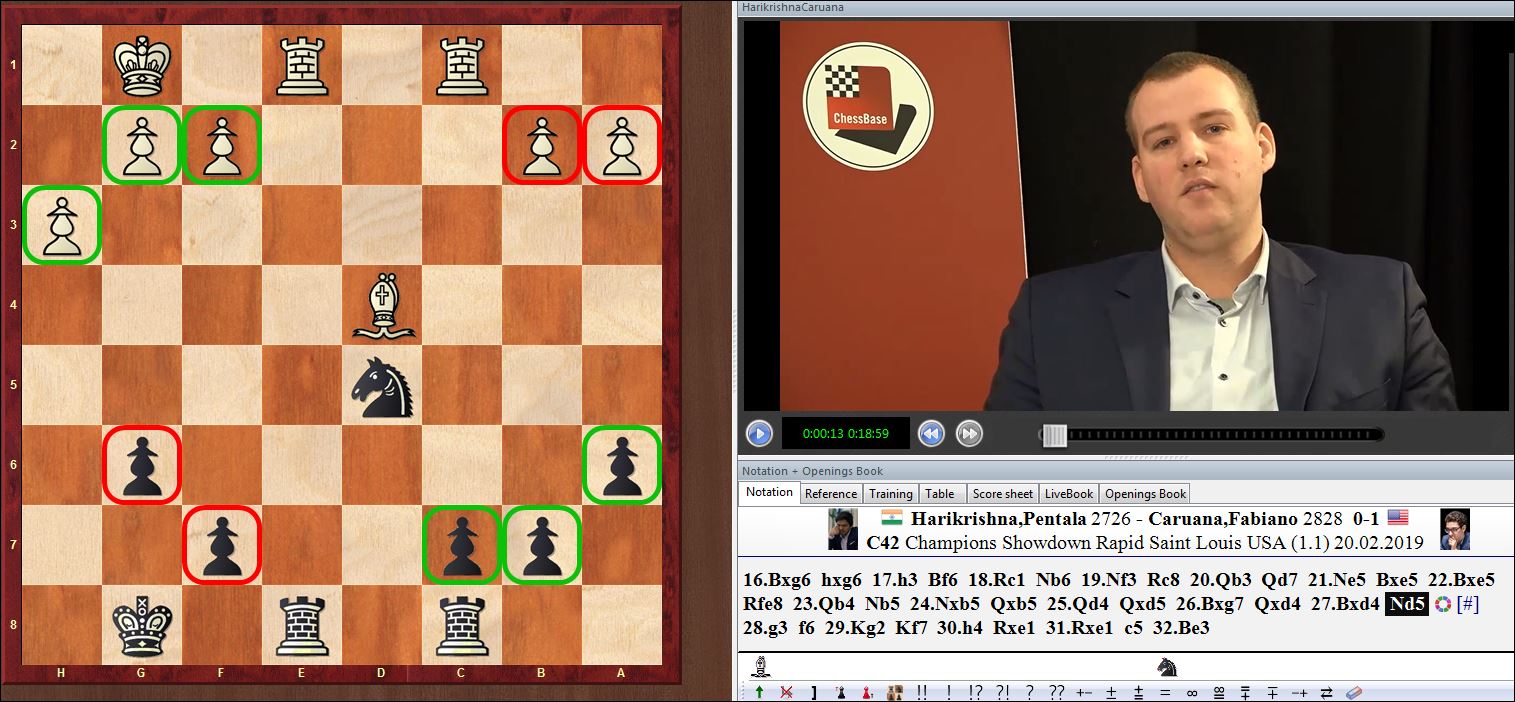
Why is this game important? Due to an exciting endgame battle of bishop vs knight with the rooks still on the board. Often in our modern lives we have difficulties to study chess, but this pleasant video — less than 20 minutes — can be watched in the morning before going to work, while enjoying breakfast. The same method can be used for the other videos in this issue, and in a couple of weeks we will have seen them all.
Since this is a review I must clarify the "Video Specials" section is not the great "Opening Videos" section! Yes, this is the truth: there is no chess magazine in the world which delivers so many hours of opening videos...and then a special section with more opening videos. This is definitely the training of champions. One has a lot of material to study, with different GMs and IMs covering the latest ideas, as well as ideas coming from their repertoire, or updates.
The "Opening Videos" section begins with a lengthy theoretical video, made by GM Daniel King, on a new Scandinavian setup used recently by Nakamura.
 In this "Learn in 60 Minutes" video GM Dejan Bojkov from Bulgaria offers a complete repertoire for White after the moves: 1.e4 d5 2.exd5 Qxd5 3.Nc3 Qd6 4.d4 Nf6 5.Nf3 when all the main moves are covered: 5...Bg4; 5...g6; 5...a6 and Tiviakov's speciality 5...c6.
In this "Learn in 60 Minutes" video GM Dejan Bojkov from Bulgaria offers a complete repertoire for White after the moves: 1.e4 d5 2.exd5 Qxd5 3.Nc3 Qd6 4.d4 Nf6 5.Nf3 when all the main moves are covered: 5...Bg4; 5...g6; 5...a6 and Tiviakov's speciality 5...c6.
Pellettier is the author of another excellent video in which he shows us how deep the preparation of Le Quang is. Pellettier lost his game against Le Quang:
And thanks to this loss we have nearly a half-hour theoretical video lesson on how a GM like Pellettier analyses a lost game in order to find where the problem was...and how he prepares for the next time he might meet the same opponent. Le Quang Liem would definitely benefit (and gain insight into his opponent's preparation) from subscribing to Chessbase Magazine!
But the surprises never end in this issue of Chessbase Magazine! Another video was made on the Torre Attack, based on a DVD made by GM Williams which will be released in the future by Chessbase. The line analysed by Williams is: 1.d4 ♞f6 2.♘f3 e6 3.♗g5 c5 4.d5
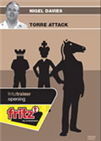 The Torre Attack offers White a good opportunity to create lively, unbalanced play and to set Black problems from the very start.
The Torre Attack offers White a good opportunity to create lively, unbalanced play and to set Black problems from the very start.
I found a small sample of games for those who, like me, love to have a glimpse of pawn structures and themes before watching a video in order to get the maximum benefit from the video itself.
I would be remiss if I didn't mention the "Tune your Tactics" section of the magazine, where Oliver Reeh selects some educative positions and asks us some of the questions we would typically ask ourselves during a tournament game. The theme of this issue is about pinning/unpinning, as many of us fail (with bad consequences) to properly understand the limits and possibilities of a pinned piece.
The following position was taken from "Tune your Tactics":
White played 18.♖h2 posing a little trap to Black, who fell into it by playing 18...♝g4
Try to play against the engine and win — it's definitely a good training method
But this section of "Tune your Tactics" is composed by three interactive videos in which Reeh presents positions at critical moments, and we are supposed to find the right continuation. There is also a "Positional Powerplay" set of positions in which one must find long continuations, not based on immediate tactics. Like in real games, we must find the right path before delivering a decisive blow. The exercise ends when one reaches decisive superiority.
I loved this type of real training, using positions which are not just based on forced moves. Positions in which we must think for longer times, like in tournament games, and come up with plans and moves which will bring us to victory.
I'd like to show another usage of the section "Tune Up your Tactics". Oliver Reeh gives a position, asks a lot of questions, and then we arrive at the following end of the game where Black didn't even play 20...♞c6 and resigned. Black's reasoning was: I'm playing a strong GM 200 points over my rating, he has the bishop pair, and one pawn advantage, he definitely knows how to convert.
However, we are not at that level. And a very useful exercise is to play this position as White against the engine to discover if one is able to convert the material/positional advantage into a win.
I'm not covering all the sections in this review for a simple reason: the reader should discover by himself how good the magazine is. For example, there is a wonderful section on "Endgame Training", prepared by the renowned expert GM Mueller. In my opinion, just this section is worth the price of the magazine. The real point behind this review is to show the reader how nowadays we have great tools for chess training, improvement, and to bring our chess understanding to the next level...if we really put in the work. Good luck!
Links
